Do You Know what It Means to Miss New Orleans? Ficción, polifonía y la ciudad en la serie Treme de HBO
Palabras clave:
socioficción, teoría actor-red, polifonía, realismo, TremeResumen
Los límites trazados entre las ciencias sociales, las artes y la cultura popular pueden ser más borrosos de lo que se suele creer. En realidad, existen obras que evidencian cierto espacio de transgresión y mutua necesidad entre formas de expresión y conocimiento. Treme es una serie de televisión que, gracias a su estilo y estructura narrativa, logra recrear con sumo detalle los complejos flujos y tensiones sociales de la ciudad norteamericana moderna. Retomando la obra de Bakhtin y Latour, el presente artículo se enfoca en el discurso narrativo del primer episodio de la serie, con el fin de ilustrar los mecanismos que le permiten a esta obra de ficción transmitir cierta visualización sociológica del mundo.
https://doi.org/10.22380/2539472X64Descargas
Referencias bibliográficas
Atkinson, Rowland y David Beer. 2010. “The Ivorine Tower in the City: Engaging Urban Studies After The Wire”. City 14 (5): 529-544.
Augé, Marc. 2010. El viaje imposible. Barcelona: Gedisa.
Bakhtin, Mikhail. 1984. Problems of Dostoevsky’s Poetics. Minneapolis: University of Minnesota Press.
Barthes, Roland. 2003. El sistema de la moda y otros escritos. Barcelona: Paidós.
___. 2004. S/Z. Buenos Aires: Siglo XXI.
Bruns, Josh. 2008. “The Polyphonic Film”. New Review of Film and Television Studies 6 (2): 189-212.
Callon, Michel. 1986. “Some Elements of a Sociology of Translation: Domestication of the Scallops and the Fishermen of St-Brieuc Bay”. En Power, Action, and Belief: A New Sociology of Knowledge?, editado por John Law, 196-233. Londres: Routledge.
___. 1998. The Laws of the Markets. Oxford: Blackwell Publishers/Sociological Review.
Campanella, Richard. 2013. “Gentrification and its Discontents: Notes from New Orleans”. En New Geography, 3 de enero. Consultado el 26 de agosto de 2013. http://www.newgeography.com/content/003526-gentrification-and-its-discontents-notes-new-orleans
Catterall, Bob. 2011. “Is it all Coming Together? Thoughts on Urban
Studies and the Present Crisis: (21) Work and Action: from The Wire to Hamlet”. City 15 (1): 126-132.
Chatman, Seymour. 1978. Story and Discourse: Narrative Structure in Fiction and Film. Ithaca: Cornell University Press.
Chatterton, Paul. 2007. “Banlieues, the Hyperghetto and Advanced Marginality: A Symposium on Loïc Wacquant’s Urban Outcasts”. City 11 (3): 357-363.
Coutard, Olivier. 1999. The Governance of Large Technical Systems. Londres; Nueva York: Routledge.
Crutcher, Michael E. 2010. Treme: Race and Place in a New Orleans Neighborhood. Athens: University of Georgia Press.
Deleuze, Gilles y Felix Guattari. 1987. A Thousands Plateaus: Capitalism and Schizophrenia. Minneapolis: University of Minnesota Press.
Dessinges, Catherine, Dominique Gendrin y Wendy Hajjar. 2012. “Fiction and Reality in HBO’s Treme: A Narrative Alchemy at the Service of Political Truth”. TV/Series 1: 163-186.
Dreier, Peter y John Atlas. 2009. “The Wire: Bush-Era Fable about America’s Urban Poor?”. City & Community 8 (3): 329-340.
Farías, Ignacio. 2011. “Ensamblajes urbanos: la TAR y el examen de la ciudad”. Athenea Digital 11 (1): 15-40.
Consultado en http://psicologiasocial.uab.es/athenea/index.php/atheneaDigital/article/view/826
Foster, Hal. 2001. “El artista como etnógrafo”. En El retorno de lo real. La vanguardia a finales del siglo. Madrid: Akal.
Foucault, Michel. 1984. “Des espaces autres”. Architecture, Mouvement, Continuité 5: 46-49.
Garfinkel, Harold. 2006. Estudios en etnometodología. Bogotá: Universidad Nacional de Colombia.
George, Courtney. 2012. “Keeping it ‘Reals’: Narratives of New Orleans Jazz History as Represented in HBO’s Treme”. Television & New Media 13 (3): 225-234.
Graham, Stephen y Simon Marvin. 2001. Splintering Urbanism: Networked Infrastructures, Technological Mobilities, and the Urban Condition. Londres; Nueva York: Routledge.
Gray, Herman. 2012. “Recovered, Reinvented, Reimagined Treme, Television Studies and Writing New Orleans”. Television & New Media 13 (3): 213-224.
Greimas, Algirdas J. y Joseph Courtes. 1990. “Actante”. En Semiótica. Diccionario razonado de la teoría del lenguaje. Madrid: Gredos.
Grodal, Torben. 2002. “The Experience of Realism in Audiovisual Representation”. En Realism and Reality in Film and Media, editado por Anne Jerslev, 67-92. Copenhague: Museum Tusculanum Press.
Guggenheim, Michael. 2009. “Building Memory: Architecture, Networks and Users”. Memory Studies 2 (1): 39-53.
Hornby, Nick. 2007. “Interview with David Simon”. The Believer Magazine, agosto. Consultado el 28 de agosto de 2012.
http://www.believermag.com/issues/200708/?read=interview_simon
Jackson Jr., John L. 2011. “HBO’s Utopian Realism: Down in the Treme”. Transforming Anthropology 19 (1): 17-20.
Jacobs, Jane M. 2006. “A Geography of Big Things”. Cultural Geographies 13 (1): 1-27.
Jameson, Frederic. 2010. “Realism and Utopia in The Wire”. Criticism 52 (3-4): 359-372.
Klein, Amanda Ann. 2009. “‘The Dickensian Aspect’: Melodrama, Viewer Engagement and the Socially Conscious Text”. En The Wire: Urban Decay and American Television, editado por T. Potter y C. W. Marshall, 177-189. Londres: Continuum.
Lash, Scott. 1999. “Objects that Judge: Latour’s Parliament of Things”. European Institute for Progressive Cultural Policies. Consultado el 28 de agosto de 2012. http://eipcp.net/transversal/0107/lash/en
Latour, Bruno. 1998. “La tecnología es la sociedad hecha para que dure”. En Ensayos sobre ciencia, tecnología y sociedad, editado por Miquel Doménech y Francisco Tirado, 109-142. Barcelona: Gedisa.
___. 2005. Reassembling the Social: An Introduction to Actor-Network-Theory. Oxford: Oxford University Press.
___. 2009a. “Spheres and Networks: Two Ways to Reinterpret Globalization”. Harvard Design Magazine 30 (Spring/Summer): 138-144.
___. 2009b. “Tarde’s Idea of Quantification”. En The Social After Gabriel Tarde: Debates and Assessments, editado por Mattei Candea, 145-162. Londres: Routledge.
Latour, Bruno y Emilie Hermant. 1998. París: ciudad invisible. Consultado el 28 de agosto de 2012. http://www.bruno-latour.fr/virtual/CAST/index.html
Latour, Bruno y Steve Woolgar. 1986. Laboratory Life. The Construction of Scientific Facts. Princeton: Princeton University Press.
Law, John. 1986. “On the Methods of Long-Distance Control: Vessels, Navigation and the Portuguese Route to India”. En Power, Action and Belief: A New Sociology of Knowledge, editado por John Law, 234-263. Londres: Routledge.
___. 2004. After Method: Mess in Social Science Research. Londres: Routledge.
Lee, Spike. 2006. When the Levees Broke: A Requiem in Four Acts. HBO, 255 minutos, dos episodios.
Lévi-Strauss, Claude. 1987. Antropología estructural. Barcelona: Paidós.
Marshall, C. W. y Tiffany Potter. 2009. “‘I Am the American Dream’: Modern Urban Tragedy and the Borders of Fiction”. En The Wire: Urban Decay and American Television, editado por T. Potter y C. W. Marshall, 1-14. Londres: Continuum.
Mauss, Marcel. 1979. “Ensayo sobre los dones, motivo y forma del cambio en las sociedades primitivas”. En Sociología y antropología, 165-268. Madrid: Tecnos.
Mitchell, Reid. 2007. “Carnival and Katrina”. Journal of American History 94: 789-794.
Olson, Scott R. 1987. “Meta-television: Popular Postmodernism”. Critical Studies in Mass Communication 4: 284-300.
Parker, Simon. 2010. “Introduction: Welcome to the Urban Desert of the Real”. City 14 (5): 491-496.
Penfold-Mounce, Ruth, David Beer y Roger Burrows. 2011. “The Wire as Social Science-Fiction?”. Sociology 45 (1): 152-167.
Raeburn, Bruce B. 2007. “‘They’re Tryin’ to Wash Us Away’: New Orleans Musicians Surviving Katrina”. Journal of American History 94: 812-819.
Rathke, Wade. 2012. “Treme for Tourists: The Music of the City without the Power”. Television & New Media 13 (3): 261-267.
Scott, Rebecca J. 2007. “The Atlantic World and the Road to Plessy v. Ferguson”. Journal of American History 94: 726-733.
Slater, Don y Tomas Ariztia. 2009. “Assembling Asturias: Scaling Devices and Cultural Leverage”. En Urban Assemblages: How Actor-Network Theory Changes Urban Studies, editado por Ignacio Farías y Thomas Bender, 91-108. Londres: Routledge.
Summ erton, Jane. 1994. Changing Large Technical Systems. Oxford: Westview Press.
Tarde, Gabriel. 1903. The Laws of Imitation. Nueva York: Henry Holt. Taylor, Helen. 2010. “After the Deluge: The Post-Katrina Cultural Revival of New Orleans”. Journal of American Studies 44 (edición especial 3): 483-501.
Thomas, Lynnell L. 2012. “‘People Want to See What Happened’: Treme, Televisual Tourism, and the Racial Remapping of Post-Katrina New Orleans”. Television & New Media 13 (3): 213-224.
Toscano, Alberto y Jeff Kinkle. 2009. “Baltimore as World and Representation: Cognitive Mapping and Capitalism in The Wire”. Dossier Journal. Consultado el 28 de agosto de 2012. http://dossierjournal.com/read/theory/baltimore-as-world-and-representation-cognitivemapping-and-capitalism-in-the-wire/
White, Harrison. 2008. Identity & Control. How Do Social Formations Emerge. Princeton: Princeton University Press.
Williams, Linda. 2011. “Ethnographic Imaginary: The Genesis and Genius of The Wire”. Critical Inquiry 38 (1): 208-219.
Woods, Clyde. 2005. “Do You Know What It Means to Miss New Orleans?: Katrina, Trap Economics, and the Rebirth of the Blues”. American Quarterly 57 (4): 1005-1018.




















